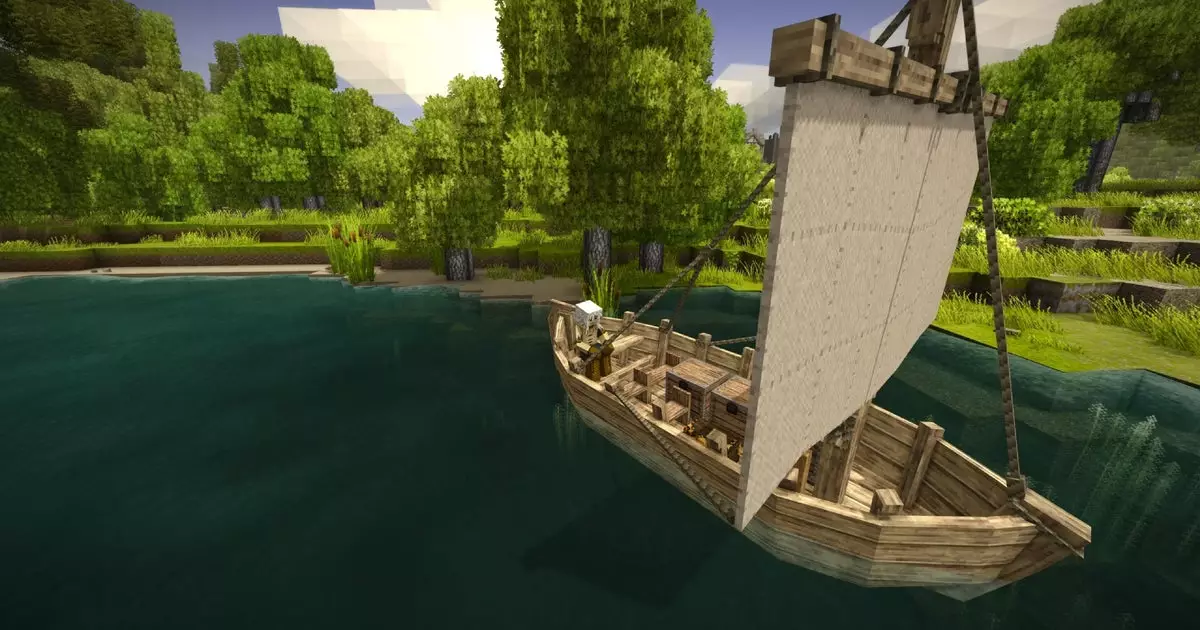The gaming community often witnesses the rise and fall of ambitious projects, but the cancellation of Hytale marked a particularly poignant moment. Promised to be a groundbreaking Minecraft-like universe infused with rich adventure, RPG elements, and a vibrant fantasy setting, Hytale generated immense excitement. Its potential to redefine sandbox gaming created expectations that many held dearly. When news broke that Hytale would not come to fruition, it felt like a significant loss for players craving innovation within the blocky, open-world style.
However, within adversity lies opportunity. Veteran developers and small indie studios have shown resilience, refusing to accept the idea that certain visions are doomed. Instead, they view setbacks as a chance for rebirth — to reinterpret, to modernize, and to innovate upon the foundations left behind. This mindset demonstrates a hallmark of the community: a relentless optimism powered by passion and creativity, willing to adapt and forge new paths when original plans falter.
Small Teams with Big Dreams: The Power of Niche Revivals
In the wake of Hytale’s cancellation, the indie developer scene has revealed an inspiring response: creating new game modes that inject fresh passion into existing engines. Vintage Story, a game inspired by the Minecraft universe emphasizing survival, crafting, and exploration, stands out as a compelling example. Faced with the absence of Hytale, its team considers developing a dedicated adventure mode, hoping to capture some of that lost magic.
This approach underscores a strategic shift: rather than competing head-on with sprawling AAA projects, these studios aim to niche down, offering a tailored experience that highlights specific aspects of gameplay — in this case, fantasy, RPG elements, and exploration. Such focus allows for rapid iteration, close community engagement, and a more manageable development cycle. It proves that even small teams, with limited resources, can significantly influence the gaming landscape, especially when driven by passion and clear vision.
Crucially, the indie ethos emphasizes flexibility. The proposed new mode for Vintage Story is envisioned as a separate but related entity, allowing for creative freedom while reusing core mechanics. This demonstrates an understanding that innovation often stems from remixing parts of what already exists, rather than constantly building from scratch. It is a testament to how the indie community values sustainability and long-term vision over fleeting hype.
Shared Visions and Community-Driven Development
One of the core strengths of this revival strategy is transparency and collaboration. The developers of Vintage Story have articulated their plans openly, involving their community in the process and laying a clear roadmap. Their intent to release the new mode at no extra cost initially, with potential for full separation if it gains momentum, shows respect for player investment and a commitment to community feedback.
This iterative, community-centered approach reflects a broader trend in indie game development: empowering players to shape the product. By doing so, developers foster a sense of ownership and shared purpose. This not only ensures the game remains relevant but also transforms it into a living, evolving project fueled by genuine enthusiasm. It challenges the conventional industry narrative of top-down development, positioning players as active partners in crafting the gaming experience.
Furthermore, the developers acknowledge that certain technological advancements, like improved NPC AI or more engaging combat systems, can benefit both the original game and the new mode. This symbiosis reveals an understanding that innovation doesn’t have to be exclusive; it can be mutually beneficial when approached collaboratively.
Implications for the Future of Indie Gaming
The efforts of Vintage Story and similar studios point toward a larger truth: the indie scene is becoming increasingly vital to the evolution of open-world and sandbox genres. Their agility, openness to experimentation, and genuine community engagement enable them to fill gaps left by the larger industry, especially when blockbuster projects fail or falter.
In the context of Hytale’s absence, these smaller developers serve as torchbearers of creativity, proving that even in a landscape dominated by massive corporations, passionate individuals can make a meaningful impact. Their willingness to pivot, experiment, and collaborate could very well steer the future of sandbox gaming toward more innovative, personalized experiences.
The ongoing storytelling emphasizes that the spirit of imagination, adaptation, and community integration remains at the heart of successful game development. As other projects face similar setbacks, the industry might do well to look toward these grassroots initiatives—where resilience, ingenuity, and shared passion redefine what is possible in gaming.

